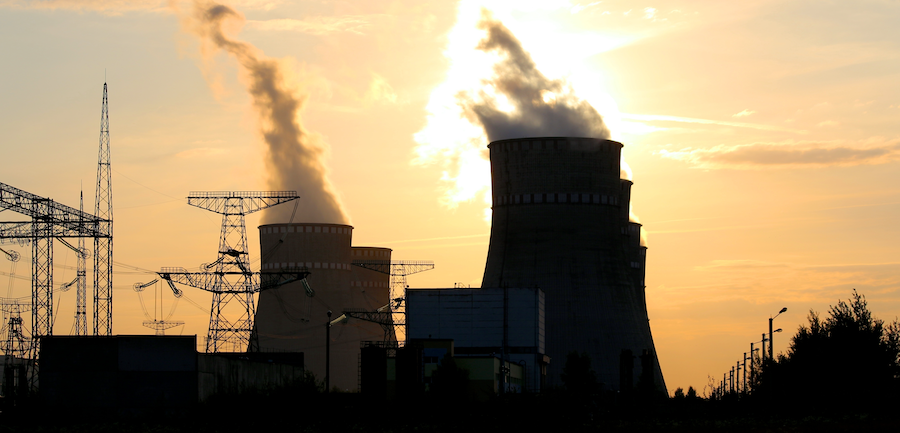
Just when we need it the most, Britain’s nuclear energy generation is in dire straits. What’s happening?
Nuclear energy has long been a hot topic in the industry. Only last year, it was considered as a possible new direction for the country’s energy. While nuclear energy is not considered renewable (as it uses uranium to generate power), it is a carbon-free energy source that would contribute to the UK’s net-zero efforts. In addition, unlike wind and solar power, nuclear can generate power 24/7 regardless of the weather.
However, the current state of the UK’s nuclear energy generation infrastructure is not good, and at a time when we need all the home-grown energy we can get, nuclear is letting us down. In this article, we’ll look at this news and try to understand what is happening.
Output dropping
In February of this year, the electricity output from Britain’s nuclear plants averaged 4GW. That’s less than half of what it was just five years ago. It meant that for the first quarter of the year, electricity imports from Europe exceeded generation from the UK’s nuclear fleet. Over the course of the year, the last time nuclear output was this low was in 1982.
During this time, Sizewell B (Britain’s newest nuclear power station) spent two months offline for maintenance and refuelling, while each of the nation’s other five nuclear plants had at least one reactor out of action. This comes on the back of the closure of several UK nuclear in recent years, including Dungeness B, Hinkley Point B and Hunterston B.
This shortfall in energy has been replaced by imports from Europe, particularly France. The process of bringing in (mostly nuclear-generated) electricity from France has been made much easier thanks to the restoration of the National Grid’s IFA interconnector to France after a fire at Sellinge converter station in September 2021. Imports from France have now quadrupled over the last six months.
Of course, this is not an ideal situation for the UK. We’re living through an energy price crisis, and many consumers are struggling. It’s not good business to have to import just because our nuclear infrastructure is out of action.
The rise of wind power
Over the last quarter, wind power delivered the largest share of electricity in the UK, overtaking gas, which had been at the top spot for the previous seven years.
But while the data indicates that wind could be the solution to the country’s energy, experts warn that it may have already peaked. In fact, researchers at Imperial College warn the UK could be about to lose its position as a global renewables leader.
The problem as they see it is the country’s strict planning regulations which have effectively banned new onshore wind sites in the UK. In 2022, only two new wind turbines were installed – and it’s all down to planning restrictions. It also noted that wind farms could wait more than ten years to be connected to the grid. These delays make delivery less efficient.
UK vs US
So what can be done? The Prime Minister has pledged to reform these restrictions, but there is still only one new onshore wind turbine under construction this year.
In contrast, the US has accelerated its commitment to clean energy. For example, as part of the 2023 Inflation Reduction Act, the US will invest $380 billion in clean energy through new spending and tax breaks. All in all, the US government is now committed to spending over half a trillion dollars on clean energy over the next ten years.
While the UK is a much smaller country and we can’t expect those massive investment numbers, we’re still not seeing anything like the per-capita investment in clean energy in this country. The US plans to spend the equivalent of £1,350 per person on clean energy. In the UK, it’s around two-thirds of that figure. Experts state that the UK would need to find another £80 billion to match that commitment.
Action needed
It’s clear that action is needed to safeguard the UK’s energy over the forthcoming years. The war in Ukraine and its effect on energy markets is a timely reminder that you never know what’s around the corner. We cannot carry on at the mercy of volatile energy markets and enemy states like Russia who manipulate prices. We also need to get closer to net zero as a matter of urgency.
Achieving these energy goals will take bold thinking and sustained investment. Nuclear, wind, solar and other energy sources need to be supported. But will it happen? We’ll have to wait and see.
